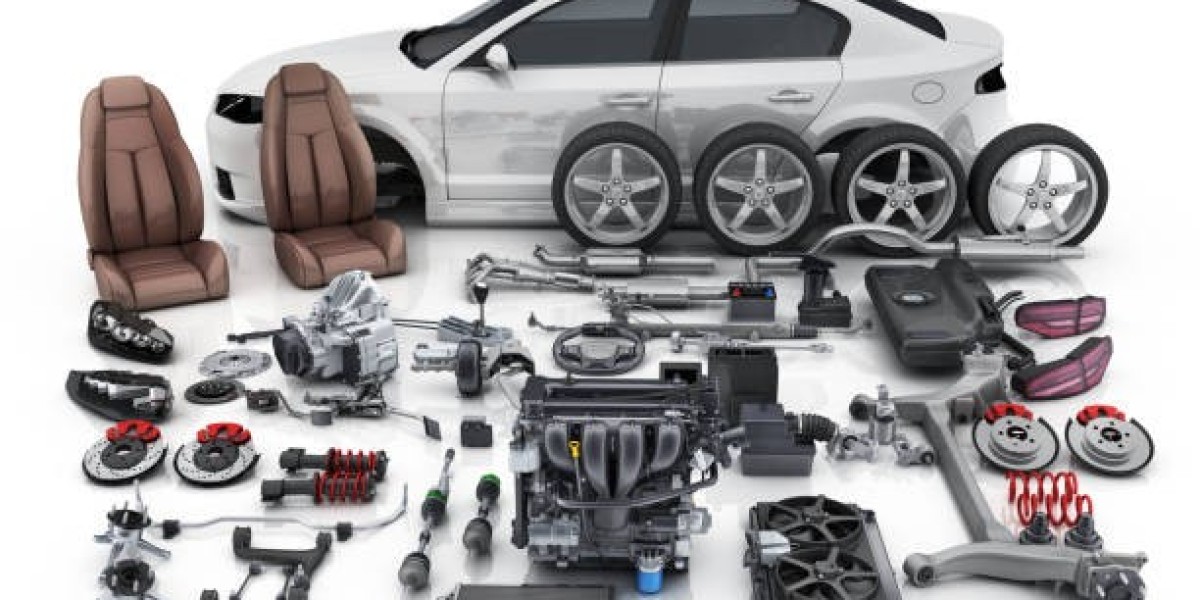In recent years, energy-efficient appliances have become a cornerstone of modern homes. As consumers grow increasingly aware of environmental challenges and the need to save on utility costs, the demand for these innovative products has surged. This shift towards energy efficiency benefits not only individual households but also the planet, reducing carbon footprints and conserving precious resources. Whether it's a refrigerator, washing machine, or freestanding oven, investing in energy-efficient appliances is a smart choice that pays off in multiple ways.
The Environmental Impact of Traditional Appliances
Traditional appliances often consume excessive amounts of energy, leading to higher electricity bills and increased greenhouse gas emissions. Older models, in particular, lack the advanced technologies that enable efficient energy usage. For instance, a conventional refrigerator might use twice as much energy as a modern energy-efficient model. Similarly, appliances like ovens and washing machines built decades ago operate at a fraction of the efficiency offered by today’s designs.
These inefficiencies contribute to significant environmental issues. Power plants that generate electricity often rely on fossil fuels, which release carbon dioxide and other pollutants into the atmosphere. By reducing the energy demand at the household level, energy-efficient appliances help mitigate these harmful effects, playing a crucial role in combating climate change.
How Energy-Efficient Appliances Work
Energy-efficient appliances are designed to use less energy while maintaining or even improving performance. They achieve this through a combination of advanced technologies, better insulation, and smart design. For example:
- Refrigerators: Modern refrigerators use improved compressors, better insulation, and LED lighting to significantly reduce energy consumption.
- Washing Machines: Energy-efficient washing machines often include high-speed spin cycles that extract more water, reducing drying times and energy usage.
- Freestanding Ovens: Today’s freestanding ovens often incorporate precise temperature controls and enhanced insulation, ensuring minimal heat loss during cooking.
Moreover, many of these appliances come with programmable settings or smart features that allow users to optimize energy use. For instance, some dishwashers delay start times to operate during off-peak hours, reducing strain on the electrical grid and lowering costs.
Benefits of Energy-Efficient Appliances
- Lower Energy Bills
One of the most immediate advantages of energy-efficient appliances is the reduction in energy costs. Though these appliances may come with a higher upfront price, the savings on monthly utility bills quickly add up. Over the lifespan of an appliance, the cost difference often turns into substantial savings, making it a financially sound investment. - Reduced Environmental Footprint
Using energy-efficient appliances reduces energy consumption, which in turn lowers greenhouse gas emissions. This is particularly important in a world grappling with the impacts of climate change. By choosing appliances that consume less energy, homeowners contribute to a collective effort to preserve the environment. - Enhanced Performance and Durability
Energy-efficient appliances are built with advanced technologies that often lead to superior performance. For instance, an energy-efficient freestanding oven not only uses less electricity but also cooks food more evenly and quickly, enhancing the overall cooking experience. Additionally, these appliances are typically designed to last longer, reducing the frequency of replacements and further contributing to sustainability. - Increased Home Value
Homes equipped with energy-efficient appliances are more attractive to potential buyers. Energy efficiency is a key selling point, as it signals lower utility costs and a commitment to sustainable living. This can result in higher property values and quicker sales in competitive real estate markets.
Choosing the Right Energy-Efficient Appliances
When shopping for energy-efficient appliances, consumers should look for labels such as ENERGY STAR certification, which indicates that a product meets strict energy efficiency guidelines set by the U.S. Environmental Protection Agency. Additionally, examining the EnergyGuide label can provide insights into an appliance's energy consumption and estimated annual operating costs.
It’s also important to consider the size and capacity of the appliance. Oversized appliances often consume more energy than necessary, negating potential savings. For instance, selecting a freestanding oven that matches your cooking needs ensures you’re not wasting energy on unused capacity.
Overcoming Common Misconceptions
Despite their numerous advantages, energy-efficient appliances are sometimes misunderstood. One common misconception is that these appliances are significantly more expensive than traditional models. While the initial cost might be higher, the long-term savings on energy bills typically outweigh the price difference.
Another myth is that energy-efficient appliances underperform compared to traditional options. On the contrary, most energy-efficient models incorporate cutting-edge technologies that enhance their functionality, offering superior performance and reliability.
The Role of Governments and Manufacturers
Governments and manufacturers play a crucial role in promoting energy-efficient appliances. Many governments offer incentives such as tax credits, rebates, or discounts to encourage consumers to switch to energy-efficient options. These programs help offset the upfront costs and make these appliances more accessible to a broader audience.
Manufacturers, on the other hand, continue to innovate, developing products that not only meet but exceed energy efficiency standards. They invest in research and development to create appliances that cater to consumer needs while reducing environmental impact.
Making the Switch
Transitioning to energy-efficient appliances is a meaningful step towards a more sustainable lifestyle. Start by replacing older, high-energy-consuming appliances with modern, efficient models. Prioritize appliances that you use frequently, such as refrigerators, washing machines, and freestanding ovens. Over time, the cumulative impact of these changes can lead to significant energy savings and a reduced carbon footprint.
Conclusion
Energy-efficient appliances are more than just a trend; they represent a pivotal shift towards a sustainable future. By investing in these appliances, households can enjoy lower utility bills, superior performance, and the satisfaction of contributing to environmental preservation. Whether it’s a sleek freestanding oven or an energy-saving washing machine, every choice matters. Embracing energy efficiency isn’t just about saving money—it’s about protecting the planet for generations to come.



